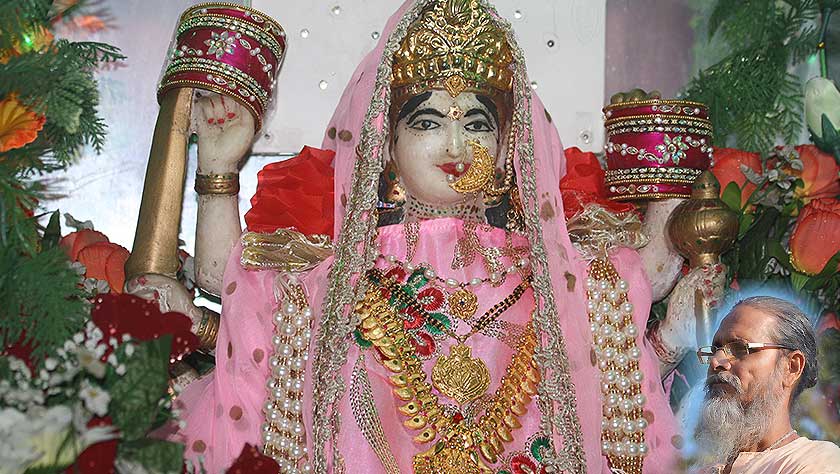
Kriya Yoga is an ancient Yoga system well known to the Indian Rishis. It is a spiritual science, reference to which can be found in the Bhagavad Gita (chapter 4, verse 29). Earlier references to Kriya Yoga techniques can be found in ancient Yogic Texts; namely 'Yoga Sutras’ of Patanjali and 'Shiva Samhita'. Kriya Yoga tradition, however, was lost over the passage of time, due to a number of reasons, and was not available to people. In the 19th century, Mahavatar Babaji revived the same science through his disciple Sri Lahiri Mahashaya and made it available to humanity.
Kriya is a Sanskrit word; 'Kri' means 'to act' and 'ya' means soul (or Atma). Yoga means 'union'. Kriya Yoga is a process for attaining union of the soul with the Infinite (divinity).
Kriya Yoga involves specialized techniques and is sectioned into several levels. It can be truly understood only through practice and requires periodic guidance of a Guru. Guru-Sishya relationship is therefore imperative for smooth progress on the spiritual path and for achieving success in Kriya Yoga.
In Swami Vigyanananda Giri (Swamiji), we have an enlightened Kriya Yoga Guru. He belongs to the lineage (parampara) of Gurus; Sri Bhabanandaji Giri, Sri Yukteshwar Giri, Sri Lahiri Mahashaya and Mahavatar Babaji. Swamiji lives all alone in the Himalayan forests near Palampur, Himachal Pradesh. Two small temples are situated there which Swamiji looks after; one dedicated to Durga, known as Langhamata and the other to Shiva. Swamiji is the present Guru in the parampara who strongly believes in offering Kriya Yoga in its pristine form with no modern touch or dilution. Although he lives in the Himalayan forests, he makes himself available to aspirants keen on practicing Kriya Yoga.